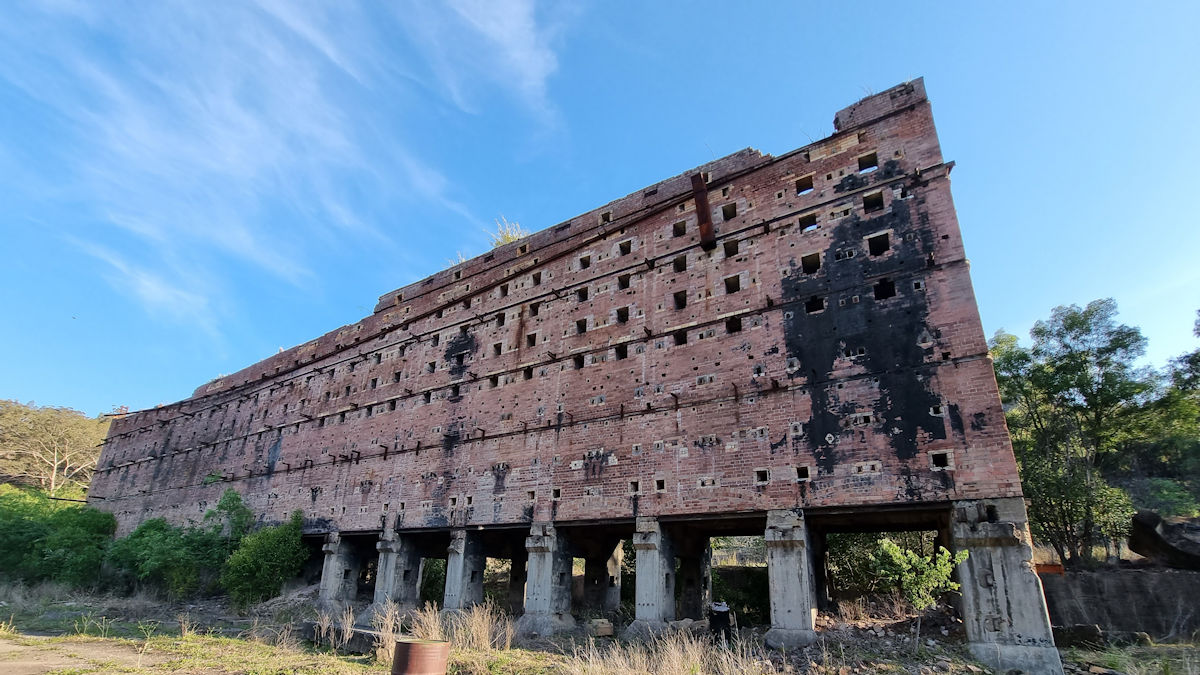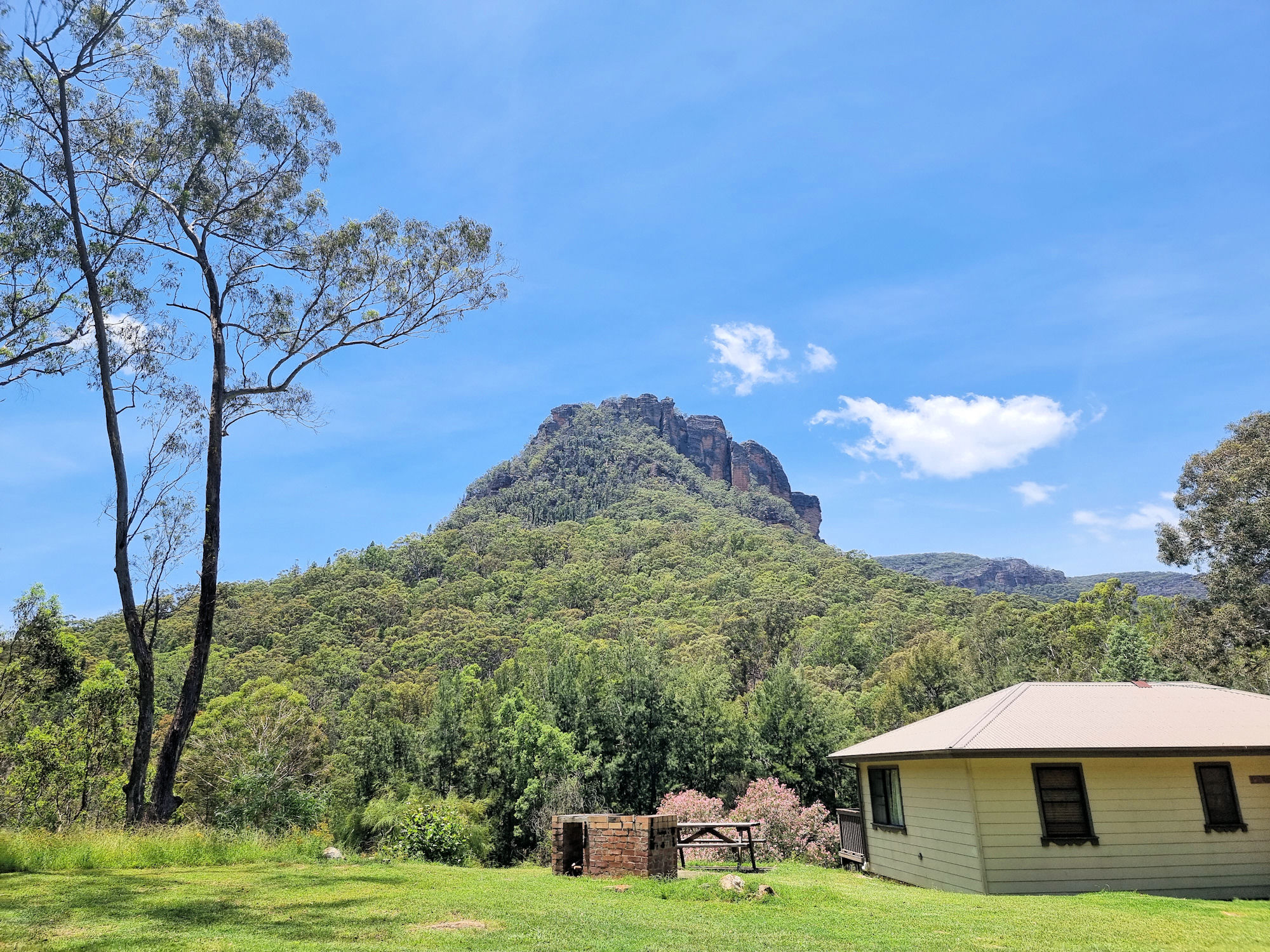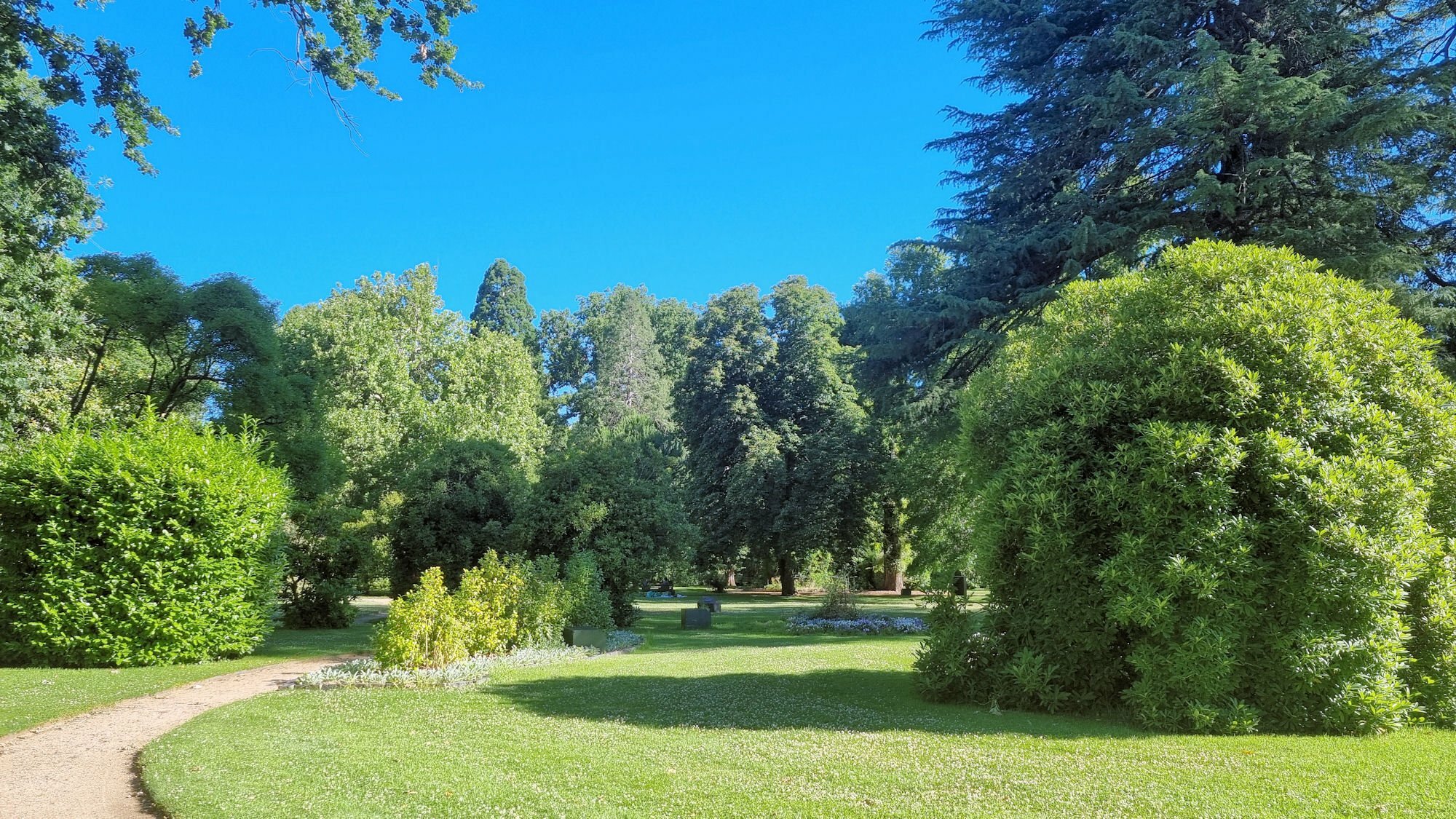Tag: Central West
-
Glen Davis Oil Shale Ruins

Glen Davis Oil Shale Ruins Located in the Capertee Valley the Glen Davis Oil Shale Ruins were once a thriving industrial complex. Established in 1940, the Glen Davis Shale Oil Works were a strategic investment that produced petrol for New South Wales while at the same time providing work for unemployed miners. The process involved… Read more
-
Newnes Industrial Ruins and Bushwalking

Newnes Industrial Ruins Located in the Wollemi National Park the Newnes Industrial Ruins is a heritage listed collection of decaying ruins of a once thriving shale oil processing plant. Established in 1902 and closed in 1932 due to the availability of cheaper crude oil, all that remain are decaying buildings and processing plant. The area… Read more
-
Cook Park Orange

Cook Park Orange Looking for something to do in Orange after we arrived in the late afternoon, we discovered Cook Park. Named after Captain James Cook, the park is a beautiful escape, with shady trees, grassy picnic areas and a duck pond. Laid out in the Victorian style when designed in 1873 many of the… Read more